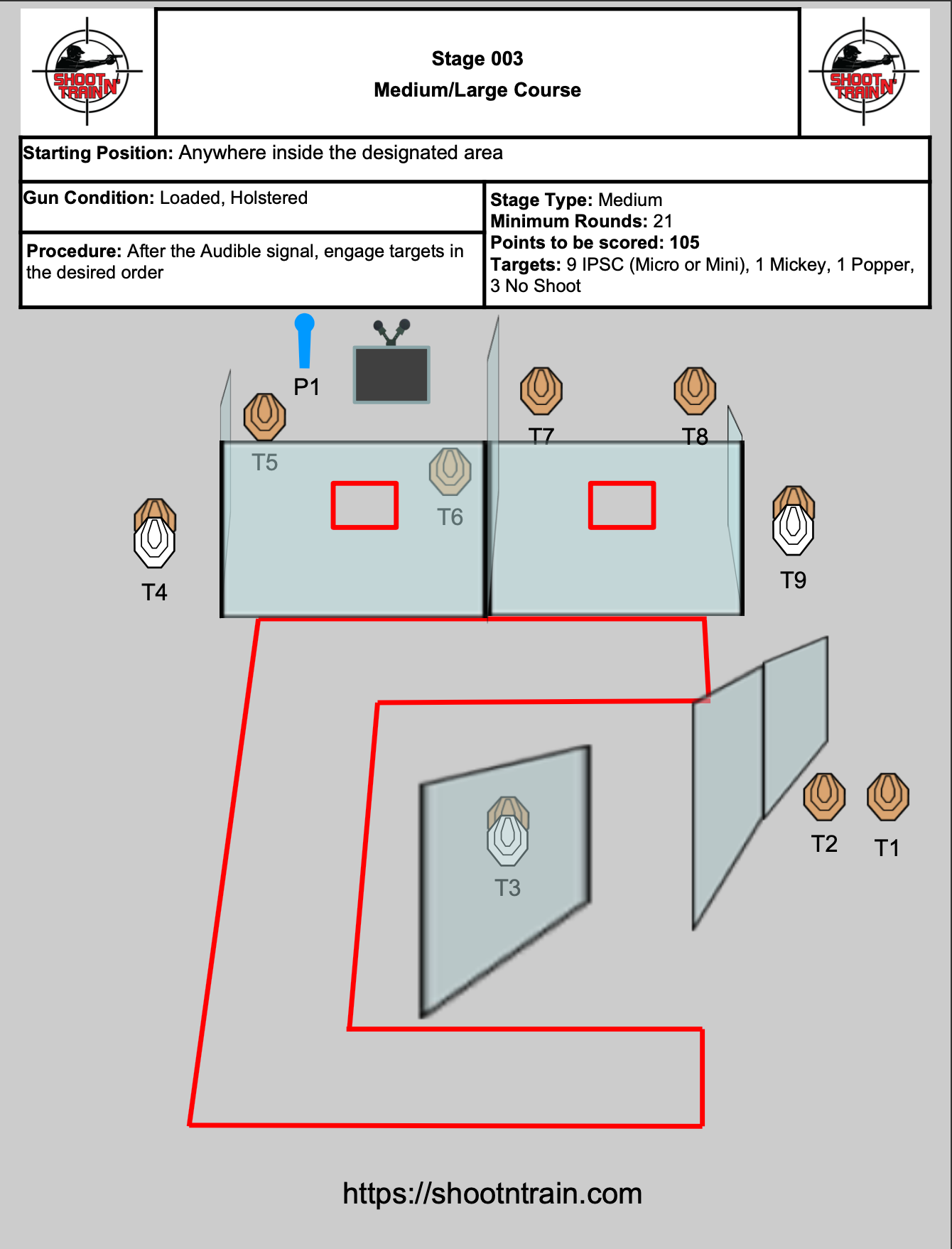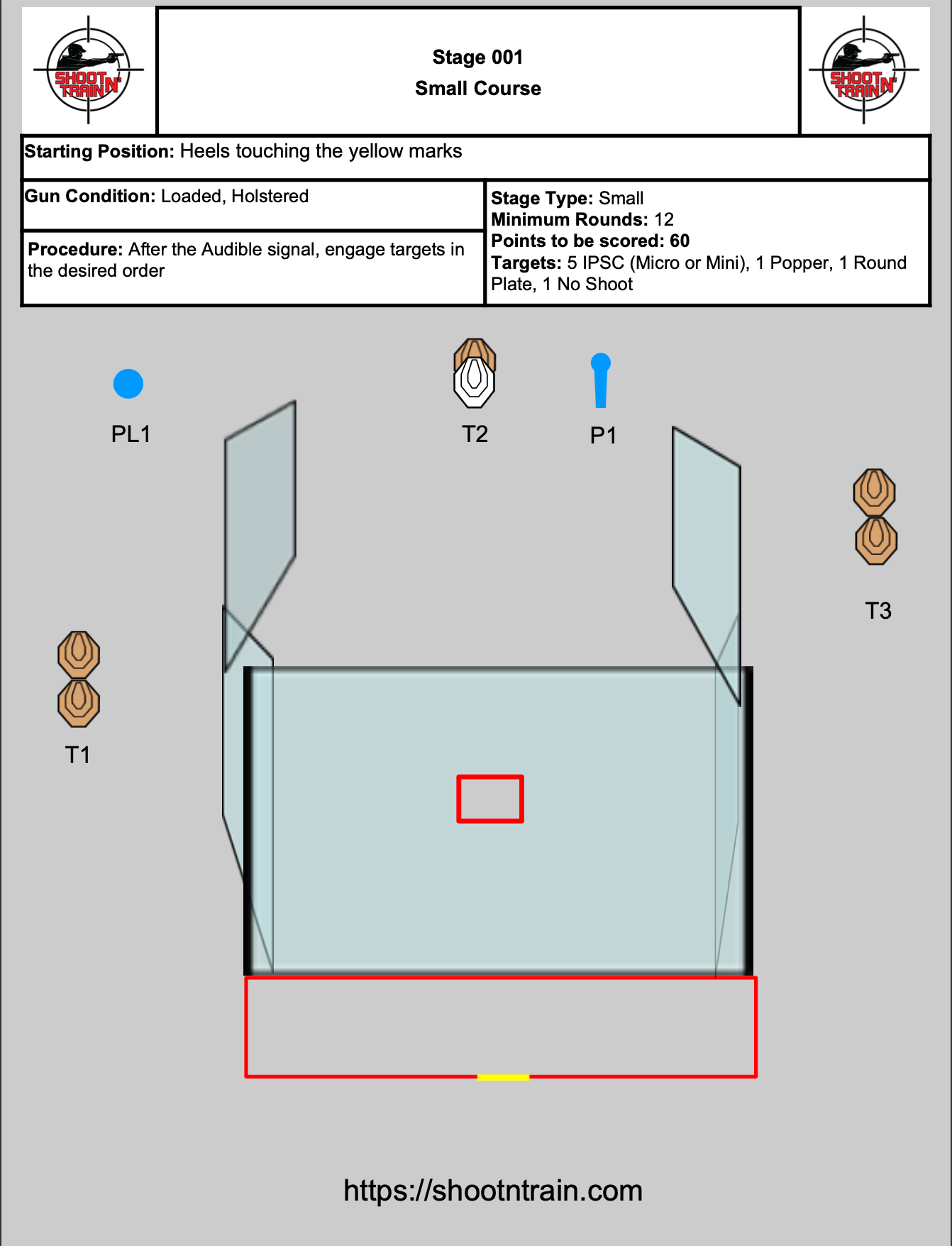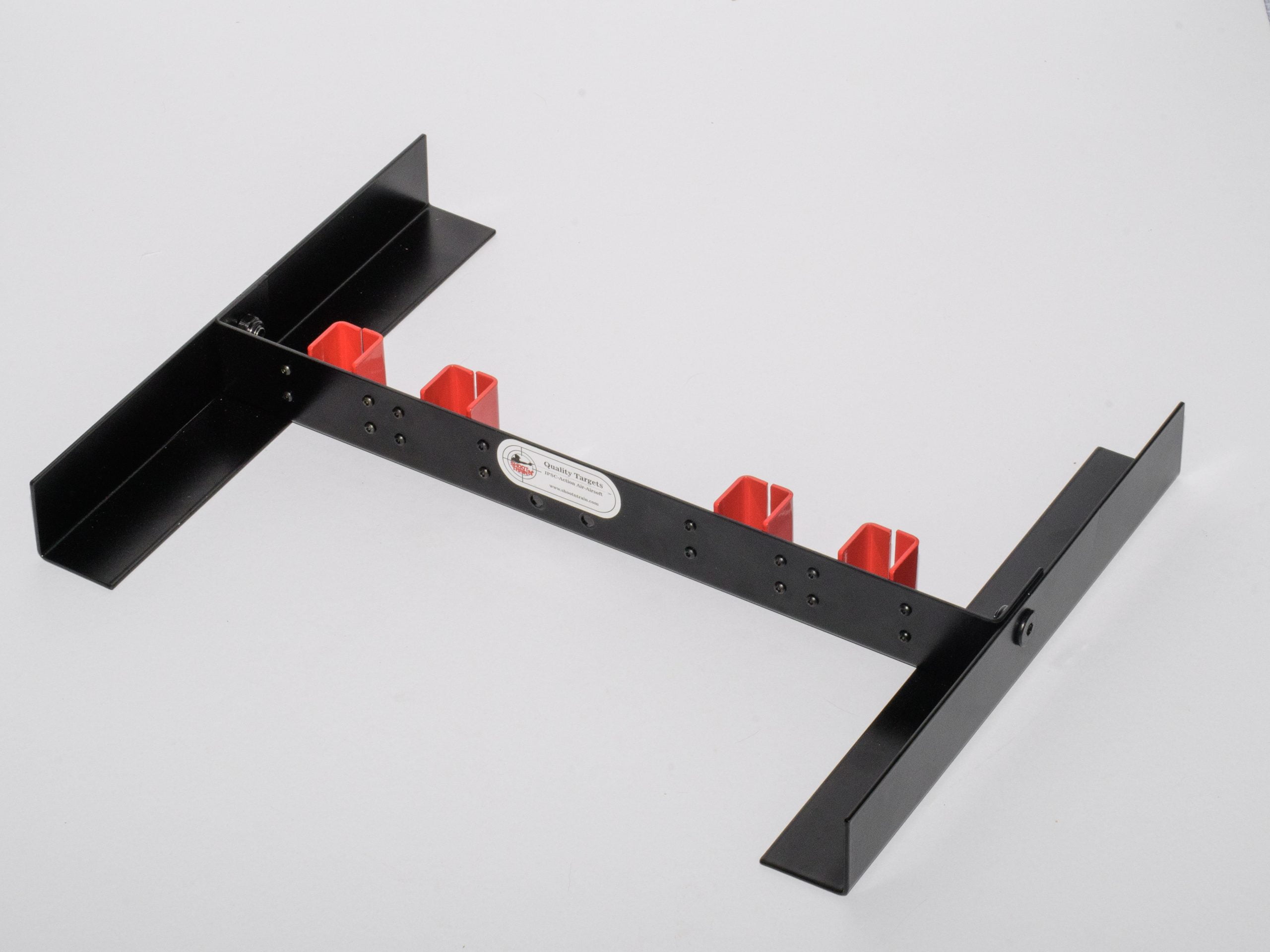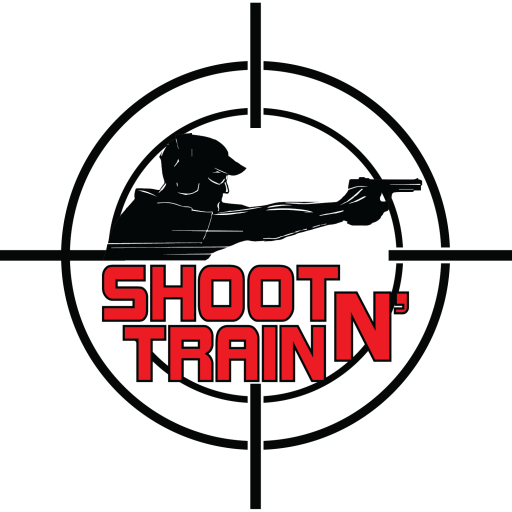
The Science Behind Effective IPSC Equipment Choice
Introduction: The Value of Equipment Selection in IPSC Competition
When it comes to participating in IPSC (International Practical Shooting Confederation) competitors, gear choice plays a crucial role in determining success or failure. The ideal choice of equipment can significantly impact a person's Shoot N' Train ipsc action air rules efficiency, precision, and overall experience throughout these high-intensity occasions. In this post, we will delve into the science behind effective IPSC equipment selection and explore different factors that shooters need to think about when choosing their equipment.
The Science Behind Efficient IPSC Equipment Selection: Comprehending the Basics
Before we dive into the specifics of equipment selection, let's very first comprehend the principles of IPSC shooting and the value of picking the best devices. IPSC is a dynamic shooting sport that requires participants to engage in busy, practical shooting circumstances. Shooters are assessed based on their accuracy, speed, and ability to browse through different phases while engaging targets.
To excel in IPSC competitors, it is vital to have reputable equipment that enhances performance without compromising security. Each tool, from firearms to holsters and belts, plays a vital function in helping with smooth and efficient shooting. Let's check out the science behind each component of effective gear selection.
Firearms: The Structure of Effective Equipment Selection
When it pertains to guns selection for IPSC competitions, shooters should think about several factors such as quality, recoil management, and ergonomics. Let's take a better take a look at each aspect:
Caliber: Striking the Right Balance
In IPSC competitions, shooters have the flexibility to pick from various calibers varying from 9mm to.45 ACP. While bigger calibers might provide higher stopping power, they often include increased recoil and muzzle flip. On the other hand, smaller sized calibers offer lowered recoil however might do not have the preferred stopping power.
The ideal caliber for IPSC shooting lies someplace in between, striking a balance between recoil management and effective target engagement. Shooters often choose calibers like 9mm or.40 S&W, as they offer a good compromise in between controllability and terminal performance.
Recoil Management: Taming the Beast
Recoil management is crucial for maintaining accuracy and lowering follow-up shot times. Reliable IPSC equipment choice involves picking firearms with features like ipsc targets recoil compensators, ported barrels, or muzzle brakes. These aspects help reroute gases and minimize muzzle increase, allowing shooters to get back on target quickly.

Additionally, picking ammo with suitable bullet weights and velocities can further aid in recoil management. Lighter bullets tend to produce less recoil, while heavier bullets provide much better stability during shooting.
Ergonomics: Convenience and Control
Ergonomics play a vital role in ensuring shooters maintain control and convenience throughout the competitors. Factors like grip angle, texture, and size of the gun can substantially impact shooter performance.
Shooters need to think about selecting firearms that fit their hand size conveniently and use optimal grip angles for boosted control. In addition, aftermarket accessories like grip panels or backstraps can further customize the gun's ergonomics Shoot N' Train motorized moving target system to match individual preferences.
Holsters: Safely Carrying Your Firearm
Holsters are essential parts of IPSC gear that allow shooters to safely bring their firearms while helping with quick draws and reholstering. Here are some key factors to consider when picking holsters:
Retention: Striking the Right Balance
Holster retention refers to the level of security offered to keep the gun in place during dynamic motions. It is vital to strike a balance in between retention and ease of draw. Overly tight holsters may restrain smooth illustration motions, while loose holsters increase the threat of accidental weapon loss.
Shooters need to choose holsters with adjustable retention mechanisms that offer a safe and secure hold without compromising draw speed. Popular choices consist of Level II or Level III retention holsters, which offer an additional layer of security while still enabling a fast draw.
Positioning: Accessibility and Comfort
The positioning of the holster on the shooter's body effects ease of access, comfort, and general shooting performance. Shooters have numerous alternatives when it concerns holster placement, including hip, thigh, or appendix carry.

It is vital to choose a holster position that enables smooth draws and reholstering without hindering motion or impeding access to other equipment. The position should likewise use convenience throughout the competitors, as shooters often invest prolonged periods using their gear.
Belts: Supplying Stability and Support
Belts are often ignored however play a vital function in providing stability and assistance for IPSC shooters. Here's what to consider when picking belts:
Stiffness: Maintaining Rigidity
IPSC shooting includes vibrant motions, consisting of running, jumping, and fast reversals. To make sure stability and avoid equipment moving during these actions, shooters need to select stiff belts with very little flex.

Stiff belts assist distribute the weight of holsters, magazine pouches, and other accessories evenly across the waistline. This minimizes discomfort and guarantees gear stays safely in place throughout the competition.
Adjustability: Discovering the Perfect Fit
Every shooter has distinct preferences when it pertains to belt tightness. Adjustable belts enable people to personalize the fit according to their body shape and shooting design. In addition, adjustable belts accommodate modifications in clothes density or gear configuration without compromising comfort or stability.
IPSC Targets: Enhancing Training and Performance
Effective IPSC equipment choice extends beyond guns and devices; it also consists of targets utilized for practice sessions. Choosing the right targets can considerably affect training effectiveness and overall efficiency throughout competitions.
IPSC Premium Targets: Quality Matters
IPSC premium targets are specifically created to duplicate the size and scoring zones of genuine IPSC targets utilized in competitors. These targets provide shooters an accurate representation of scoring hits and help develop muscle memory for target engagement.
Investing in high-quality IPSC premium targets makes sure resilience and consistency, enabling shooters to focus on training without worrying about target stability or Shoot N' Train airsoft moving targets amazon scoring discrepancies.
IPSC Action Air Targets: Structure Speed and Accuracy
IPSC Action Air is a variation of IPSC shooting that uses airsoft or comparable non-lethal firearms. Action Air targets are designed to mimic the shapes and size of IPSC targets accurately. These targets enable shooters to practice their shooting skills, develop speed, and improve accuracy in a controlled environment.
Incorporating IPSC Action Air targets into training sessions can considerably enhance a shooter's efficiency by allowing them to improve techniques, test different methods, and procedure progress.
Conclusion
Effective equipment selection is an integral part of mastering IPSC competitors. By understanding the science behind each element of gear choice - from guns to holsters, belts, and targets - shooters can make informed decisions that enhance their efficiency while ensuring security. Remember to consider aspects like quality option, recoil management, ergonomics, holster retention and positioning, belt stiffness and adjustability, in addition to the quality of targets utilized for training. With the right equipment at hand, shooters can step with confidence onto the variety and optimize their chances of success in this exciting sport.